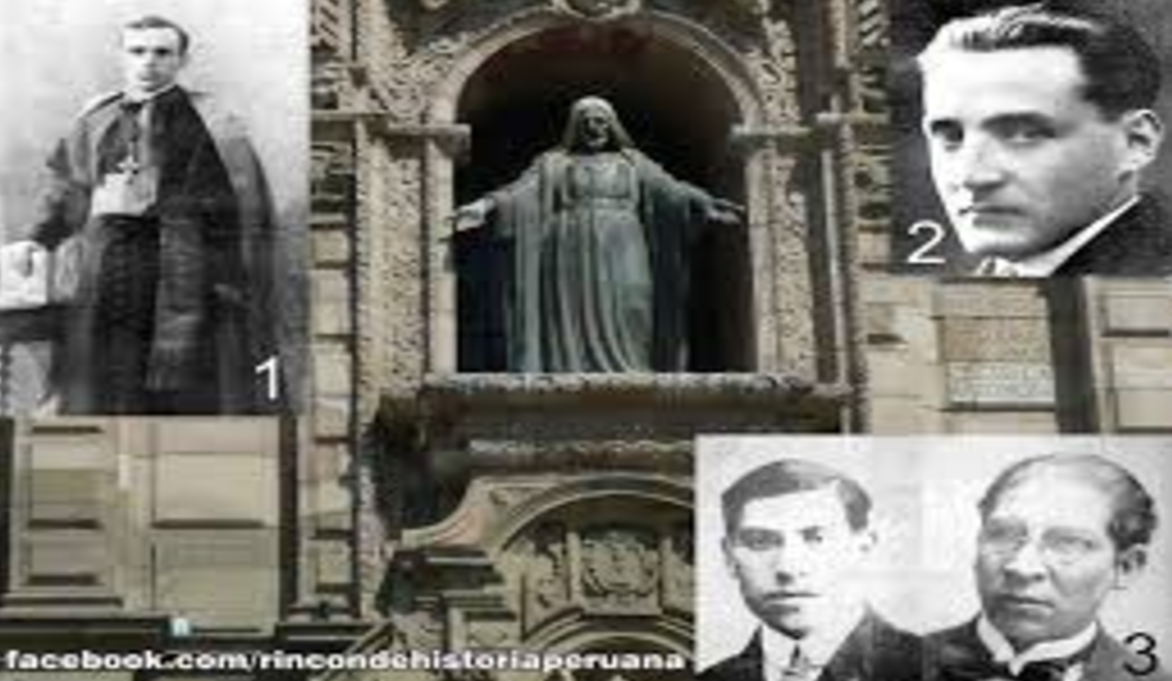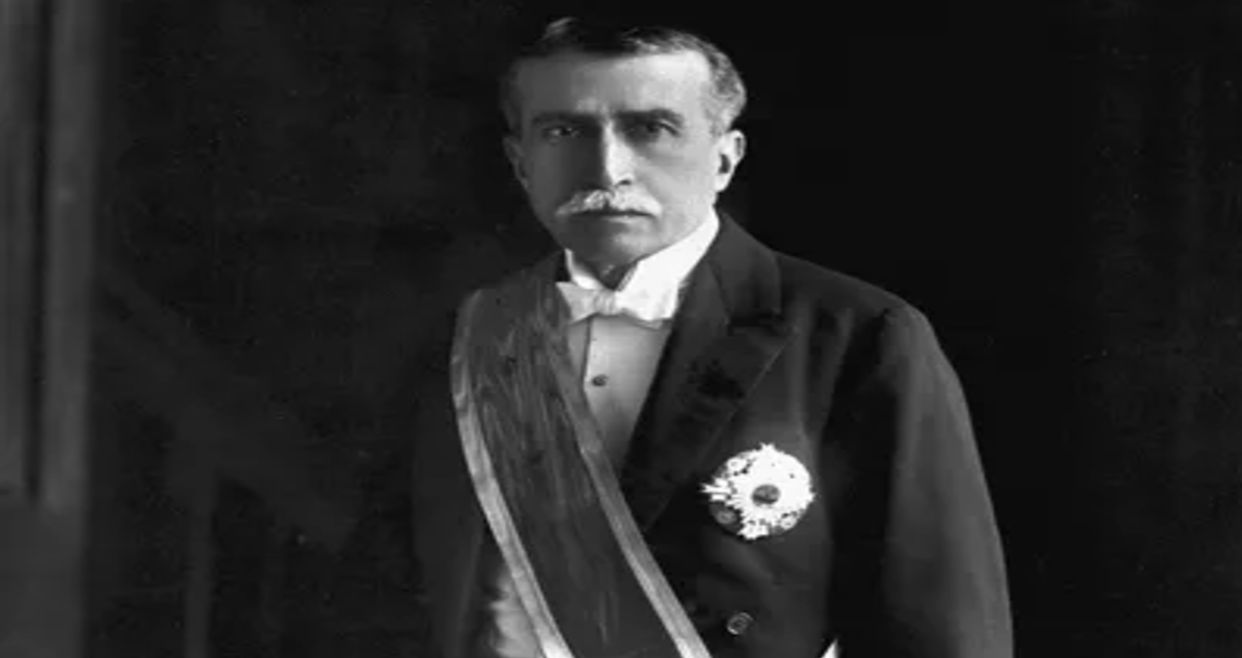By Carmen Chang,
“Religion and reason have different orbits of action and movement, but they are not opposed to each other.”
With the arrival of Christopher Columbus in the New World in 1492, the “conquest” and “colonization” of the Americas began. The Spaniards undertook a series of campaigns: in the first, led by Diego Velázquez, they reached Cuba; in the second, led by Hernán Cortés, they entered Aztec territory; in the third, led by Francisco Pizarro, they reached the Inca Empire. Later, by decree of King Philip II, the conquest was abolished, and the colonization of the Americas was continued by the English, Dutch, French, and Portuguese.
From the 15th to the 16th century, the Incas dominated the Andes and ruled a vast empire centered on what is now Peru and Bolivia. They worshipped multiple gods, such as Inti, the Sun; Mama Quilla, the Moon; Viracocha, the creator and civilizing god; Pachamama, the earth mother; many spirits, their ancestors, and a multitude of huacas. In its capital, Cuzco, located in present-day Peru, there was the Coricancha, the sacred enclosure that housed the magnificent Temple of the Sun, Inti.
After the discovery of the New World, the Catholic Monarchs and the Spanish Crown promoted and organized various efforts to evangelize in the Americas: this is how Catholic missionaries, in their roles as colonizers, educators, and civilizers, particularly the Dominicans and Jesuits, converted the indigenous people to Christianity and instructed them in the Christian faith. “In the [16th] century, the Franciscans, Dominicans, Augustinians, Mercedarians, and Jesuits evangelized the Indians and slaves and laid the foundations of the Church in the New World. […] In [this] century […] the religious clergy predominated because Peru was, obviously, ‘a land of missions’.” Today, this part of the world has the largest number of fervent Catholics, though not necessarily practicing ones. Beginning in the 16th century, Peru entered a process of assimilation of new beliefs and the worship of saints, virgins, and Christ. Gradually, the first religious orders arrived on the American continent. As previously mentioned, this research focuses on a Christological figure, the Sacred Heart of Jesus, which arrived in the Americas in the 18th century.

In this regard, Luis Cano Medina, in his 2009 book Reinaré en España: La mentalidad católica a la llegada de la Segunda República, mentions the ancient European origins of this cult, spread worldwide by the Jesuit Order. He highlights the importance of the actions of the French mystic, Marguerite-Marie d’Alacoque, of the modern era, who promoted this devotion:
“The first traces of a devotion to the Divine Heart, developed in mystical circles from the devotion to the Five Wounds, date back to the Middle Ages. But it was in the Modern Age, in France, that it became a liturgical cult and popular devotion. The most famous current of all, the one that practically eclipsed the others, arose from the revelations and mystical experiences of Saint Margaret Mary Alacoque (1647-1690), a Visitation nun. It is known as the ‘Paradian’ form, referring to Paray-le-Monial, where the saint lived. Her message and devotional practices were so successful that for a time, she was considered the initiator, along with the Jesuits and the Visitation Nuns, their main propagators”.
Thus, this new cult originated outside Spain, in Paray-le-Monial, a town in France in the late 17th century, following the revelations to Saint Margaret Mary Alacoque, and then spread throughout France, the Iberian Peninsula, and the rest of Catholic Europe; finally, it was introduced to the Americas in the 18th century. The devotion to the Sacred Heart of Jesus enjoyed great popularity in France and spread throughout Europe thanks to its great propagators, such as Saint Francis de Sales (1567-1622), Saint John Eudes (1601-1680), Saint Margaret Mary Alacoque (1647-1690), and Saint Alphonsus Liguori (1696-1787). In the early 1730s, the Jesuit priest, Bernardo de Hoyos, on his own initiative, introduced this worship in Spain and founded the first congregation, in 1733. In Valladolid, the book of his spiritual director, Father Jean de Loyola, Tesoro escondido en el Sacratísimo Corazón de Jesús, was published, which contributed to the spread of this veneration in 17341.

In the Viceroyalty of Peru, the first congregation dedicated to the Sacred Heart of Jesus was established in the city of Panama, then dependent on Peru, in 1739. In the New World, the first church dedicated to this sacramental Christ, the Church of the Sacred Heart of the Orphans in Lima, was built on Peruvian soil in 1742, with its inauguration delayed until April 6, 1766, due to earthquakes and other setbacks. At the same time, in Cuzco, this cult was first publicly celebrated in the Church of Saint Teresa, which belonged to the Discalced Carmelite mothers’ congregation.
In France, starting in 1844, the Apostleship of Prayer Movement was the custodian and great promoter of this devotion, initiating the practice of offering daily actions, as well as preparations for the novena and the feast of the Sacred Heart of Jesus.
Each year, towards the end of June, the month of the Sacred Heart is celebrated on the Friday following the second Sunday of Pentecost. During this feast, a variety of events, novenas, and vigils take place. In various regions of Peru, the celebration in honor of this Christological figure is accompanied by cultural, religious, and social activities. For example, in the Lambayeque region, this celebration is commemorated by a multitude of devotees, who pay homage to this revered image. The celebrations include an honorary mass, a traditional procession, fireworks, sporting events, dances, the popular verbena, and a festival of typical dishes, among other events
In Lima, throughout the month of June, the celebrations of the Sacred Heart of Jesus take place in the Church of Saint Peter of the Jesuits —Basilica and Convent of Saint Peter— culminating in a procession with a statuette, which has been held annually since 1878. June is the month of the Sacred Heart, which has been considered the great official devotion of the Universal Church in several Catholic territories
References
- Callahan William J. “Iglesia, poder y sociedad en España, 1750-1874”. Madrid: Editorial Nerea, 1989, p. 66.
- CANO MEDINA Luis. “La devoción al Sagrado Corazón y a Cristo Rey en España y su recepción por los metropolitanos españoles (1923-1931)”. PONTIFICIA UNIVERSITAS SANCTÆ CRUCIS FACULTAS THEOLOGIÆ, p. 209.
- Festividad del Sagrado Corazón de Jesús en la región Lambayeque. DePeru.com. Available here
- La devoción del Sagrado Corazón de Jesús y su Iglesia en Lima. WordPress. Available here
- Klaiber Jeffrey. “La Iglesia en el Perú: su historia social desde la independencia [1a edición: 1988] (Spanish Edition)”. Fondo Editorial de la Pontificia Universidad Católica del Perú, 1996. p. 154
- LEXICO. Définition de huaca. Oxford Dictionary. Available here
- La escultura del Sagrado Corazón de Jesús. Blog de historia peruana. Available here
- Ralma Clemente. “Revista Variedades”, Numéro 793. 12 mai 1923, p. 1149.
- La devoción en el Perú al Sagrado Corazón de Jesús. Tesoros de la Fe. Available here




